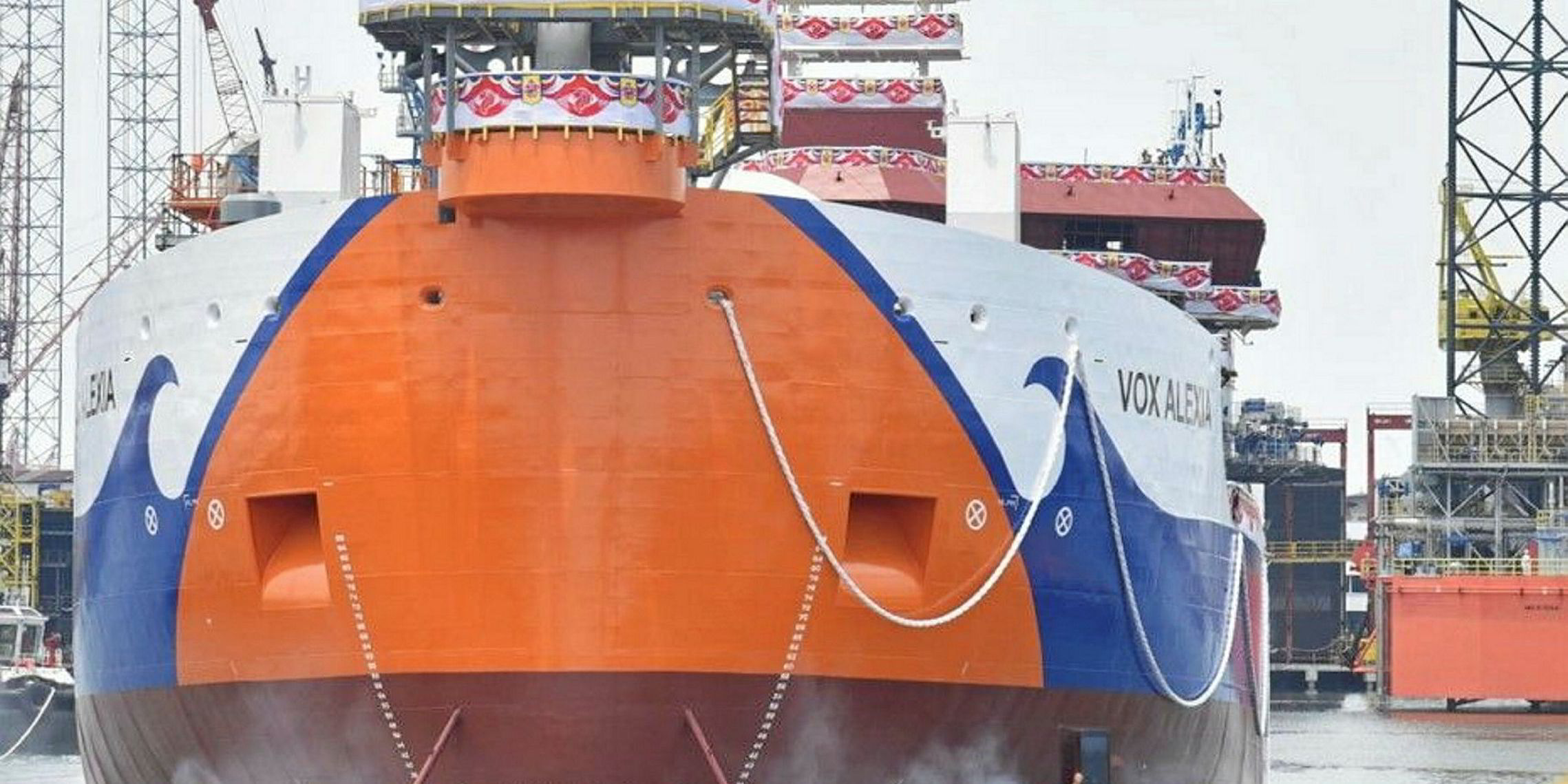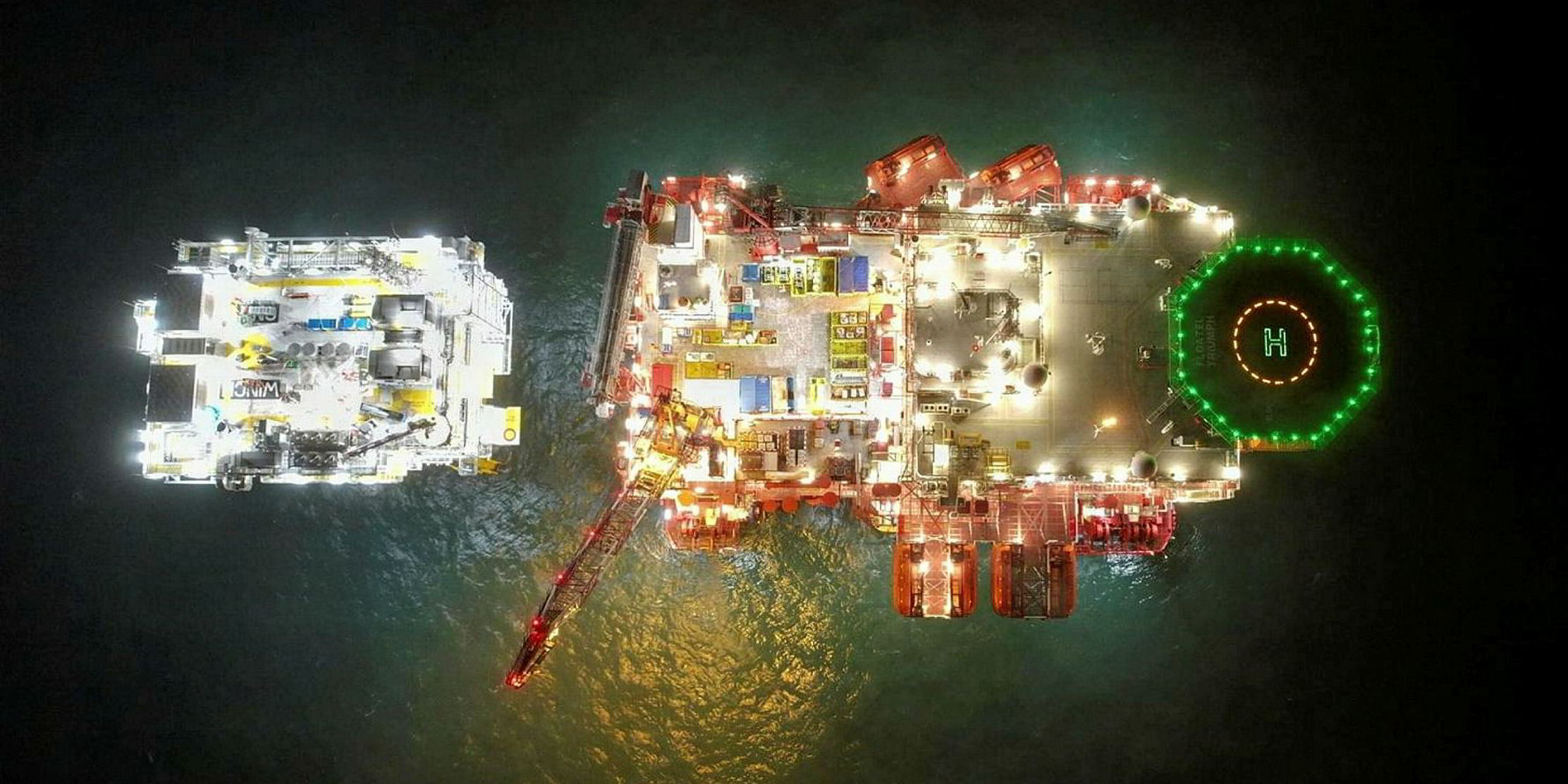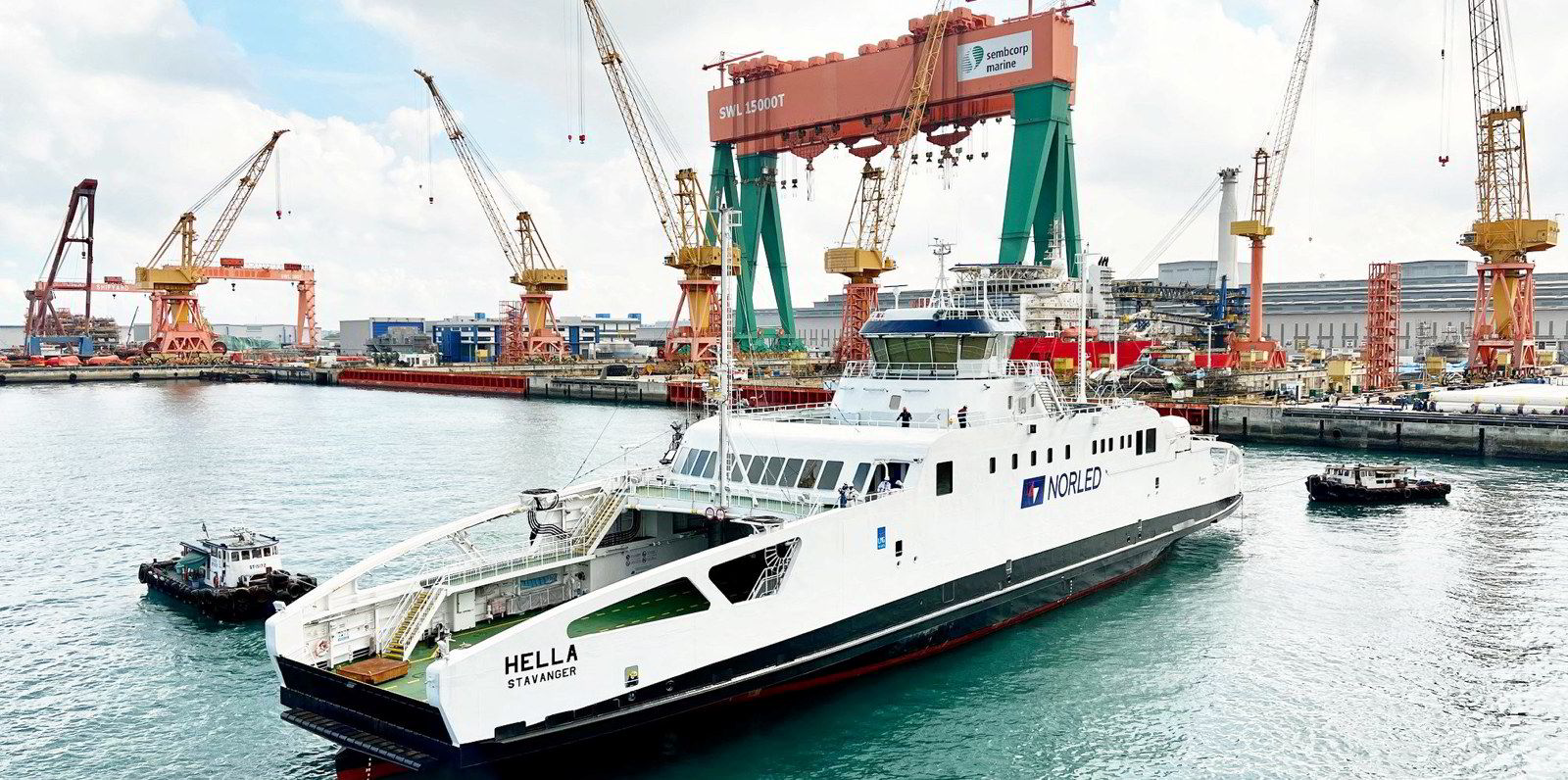The much-anticipated merger of Singapore’s home-grown offshore giants Keppel Offshore & Marine (Keppel O&M) and Sembcorp Marine finally kicked-off last week.
The tie-up will create what is already being dubbed as a “global offshore powerhouse” by local analysts with a valuation of SGD 8.7bn ($6.3bn).
The new entity, which is yet to be named, will have an orderbook of more than 50 jobs worth SGD 6.4bn across three broad silos: offshore renewables, new energy and cleaner offshore marine solutions.
“The signing of the definitive agreements is a positive first step, but there are a couple of developments we continue to watch closely — regulatory approvals required for the deal and the integration plan of the combined entity,” said Terence Chua, senior research analyst at Phillip Securities Research.
“On the regulatory approvals required for the deal, we note that both Keppel and Sembmarine operate in many jurisdictions, and anti-trust and regulatory approvals will require some time to run through.”
Readers will remember the European Union’s anti-trust veto earlier this year of the tie-up between Hyundai Heavy Industries and Daewoo Shipbuilding & Marine Engineering over fears about market domination.
However, management of both companies say they do not expect any difficulties in the form of anti-trust laws despite their leading positions in the offshore and marine sector.
Keppel O&M and Sembcorp Marine currently employ almost 20,000 workers between them, and they were keen to point out that it was too early to say if job cuts would be in the offing.
Keppel chief executive Loh Chin Hua said the merger would not automatically lead to job cuts among the respective workforces, insisting that there are “a lot of opportunities from the merger”.
Both Keppel and Sembcorp Marine management struck very positive tones during the analyst briefing post the announcement, highlighting the creation of a new global player in the above three silos which will “capture the strong order momentum in offshore wind farms and new energy sources like hydrogen”.

British asset management company Schroders recently said that over the next 30 years it expects more than $100trn to be spent on achieving the transition to a more sustainable energy system.
“This spending will create the potential for a significant and structural 30-year increase in earnings potential for companies across the energy-transition sector,” it said.
In the offshore renewables market, Keppel and Sembcorp Marine said they plan to build on their existing wins to date — both companies have secured their first-ever wind turbine installation vessel newbuildings.
In terms of new energy, the new company aims to make early investments in areas such as hydrogen, ammonia and carbon capture technologies to build successful franchises.
Typical of these is Keppel’s memorandum of understanding signed with Japanese trading house Sumitomo in December 2021 to explore the implementation of ammonia bunkering in Singapore.
The new company will continue to serve the demand for floating production systems, such as floating production storage and offloading units, but the focus will be on innovating and applying new technologies to reduce the carbon footprint of such structures.
Notable participant
Analysts said the new company will be a “notable participant” in a sector that is expected to see global expenditures of SGD 260bn ($187bn) between 2021 and 2030 in offshore wind energy solutions and another SGD 290bn in FPSOs and other offshore oil and gas solutions.
TradeWinds’ sister publication Upstream recently reported that a new “super cycle” was unfolding in the floating production market.
According to consultancy Energy Maritime Associates, fabrication yards are becoming increasingly squeezed under the heavy workload, leaving limited capacity for additional orders as activities have picked up.
“With the merger terms largely in place and the uncertainty out of the way, the focus on Sembcorp Marine will be to garner new orders in 2022 and add to its orderbook,” said UOB Kay Hian analyst Adrian Loh.
“In our view, the offshore construction cycle for both conventional oil and gas and renewables has room for growth in the next few years, especially given the lack of spending by the global oil and gas industry thus constraining energy supply.
“The risk to our thesis is for restrained capex spending despite oil and gas prices being at elevated levels, and instead energy companies returning cash to shareholders via dividends or share buybacks.”





